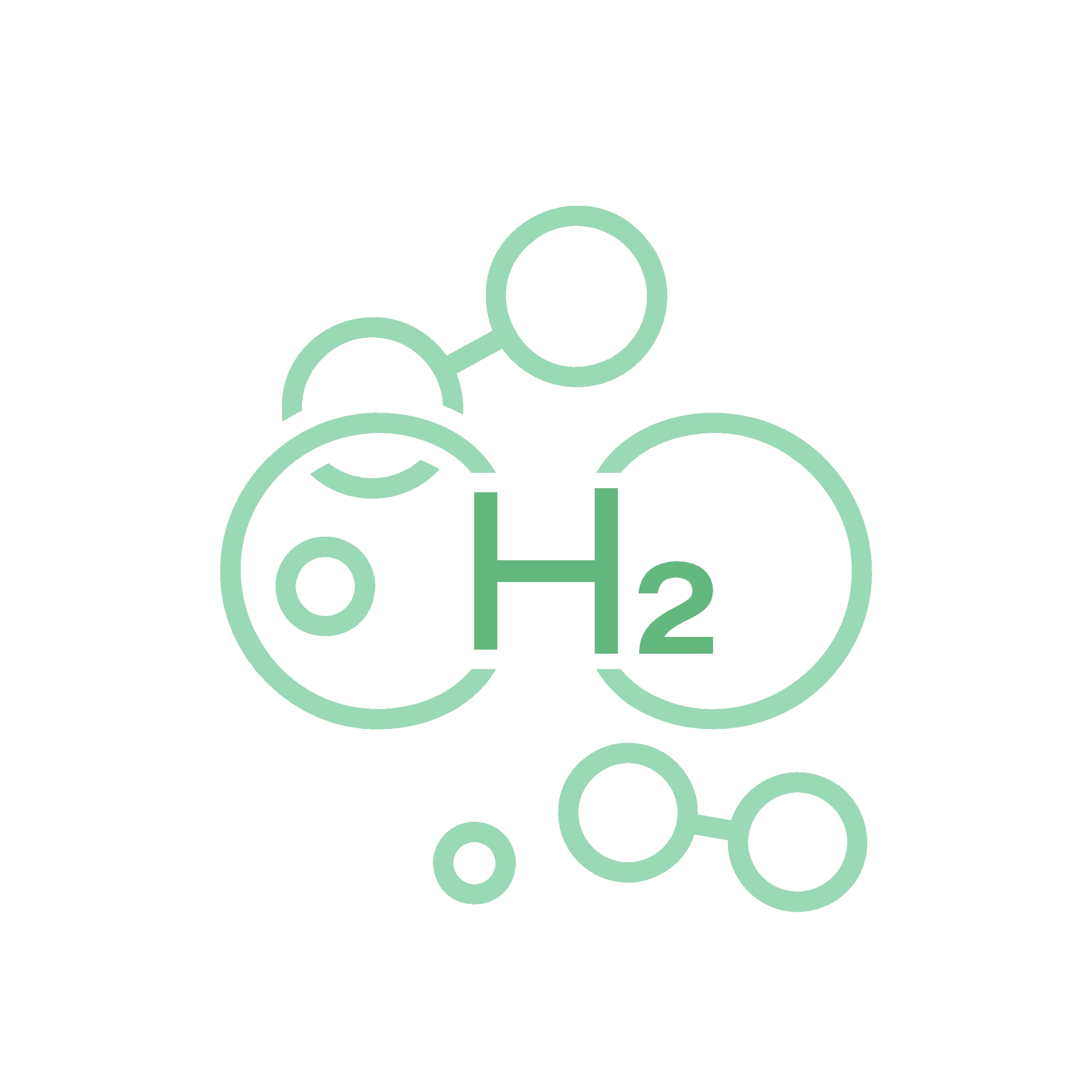
With a growing demand for energy and an aging grid infrastructure, the U.S. is struggling to consistently and reliably provide electricity to residences, businesses, and government buildings. While disruptive on a broad scale, power outages are particularly problematic for critical infrastructure like hospitals, data centers, and grocery stores, for which losing power is extremely costly and potentially life-threatening.
A variety of microgrid solutions, from renewable natural gas (RNG) to solar, wind and battery storage, have emerged from the need to combat grid failures and drive improved reliability. These emerging solutions come with the added benefit of reducing greenhouse gas emissions and contributing towards net-zero goals by displacing inefficient diesel backup generators. Enchanted Rock takes great pride in the sustainability and reliability of our microgrids and dedicates extensive resources to make sure they’re powered by the optimum fuel sources based on the application.
How Enchanted Rock Selects Energy Resources for its Microgrids
Enchanted Rock selects energy assets based on four key criteria: reliability, cost, emissions footprint, and operational simplicity. These guiding standards enable Enchanted Rock to provide resiliency-as-a-service affordably and effectively and have currently positioned RNG and natural gas as the principal choices to replace diesel generators until cost parity and system performance can be achieved with 100% renewable energy.
RNG is a form of upgraded, cleaned and conditioned biogas that can be used in place of fossil fuels. Typically sourced from livestock farms, wastewater treatment plants, organic waste management facilities, and landfills, RNG produces significantly lower local air pollutants than diesel generators while drastically reducing carbon emissions entering the atmosphere. In fact, depending on its source, it can even have a negative carbon intensity! As an added benefit, it is also capable of being incorporated into existing natural gas infrastructure, making it an easier transition than other fuels of the future.
The Contemporary State of Hydrogen Energy
What are Enchanted Rock’s plans to utilize hydrogen to power our microgrids? While there has been a massive uptick in investment and media interest in hydrogen technologies, we have yet to make the switch to hydrogen-powered generators for a number of reasons.
For hydrogen to be a viable fuel source, it needs a way to get from where it is produced to the point of end-use. The development of a viable hydrogen infrastructure has been slow and is a barrier to the industry’s growth. An increase in hydrogen use will require regional expansion of this infrastructure and the development of new technologies, such as chemical carriers, to transport hydrogen at high density. Ongoing efforts to improve hydrogen delivery include reducing cost, increasing energy efficiency, maintaining hydrogen purity, and minimizing hydrogen leakage.
Additionally, the vast majority of hydrogen produced today is “gray” — a colloquialism referring to a steam-methane process that relies extensively on hydrocarbon fuel sources — which has a worse footprint than standard natural gas. The cleaner “blue” hydrogen is produced through the same steam reformation process but makes use of carbon capture and storage technology. While often touted as low emission, blue hydrogen also has yet to meet Enchanted Rock’s sustainability metrics, as it still has a higher environmental footprint than our current energy sources.
Green hydrogen, which relies on an electrolyzer unit to split water into hydrogen and oxygen, shows encouraging potential for future applications. However, this technology needs additional development and maturation to increase its efficiency and scale. Currently, it represents less than 1% of the hydrogen market.
With hydrogen being far more difficult to obtain, more expensive, and less sustainable than RNG and natural gas, Enchanted Rock does not use it in its microgrid solutions (yet).
Looking to the Future
Seeing the potential and looking at the future, our team is already designing for the future. We can already run our generators on a blend of 20 percent hydrogen without any problem, and we plan to offer hydrogen-fuel versions when this is a viable solution to provide resiliency for our customers and power the grid. Knowing this, we have future-proofed our generators to ensure their ability to use hydrogen as an energy source when the time is right.
Even with its current limitations, it is clear that hydrogen has a role in the clean energy transition and along with our utility and academic partners, we continue to invest in the development of hydrogen-powered generators. Once capital expenditure and operational costs are further reduced, reliable delivery infrastructure is developed, and production is made more sustainable, hydrogen will be ready for broad adoption in various applications, including microgrids.
Enchanted Rock is committed first and foremost to providing reliability-as-a-service in an environmentally friendly and low-cost way. We’re always open to using new technologies — as long as they meet our company’s four key criteria. Because our microgrid solutions power critical assets, we’re committed to making sure that only the most reliable and proven technologies are used to ensure maximum uptime and the performance that our customers and their communities have come to rely on. Enchanted Rock continues to actively monitor and explore hydrogen, as well as other renewable energy sources for our microgrids, and we look forward to being a leading adopter when they meet our standards and are ready for deployment.




















